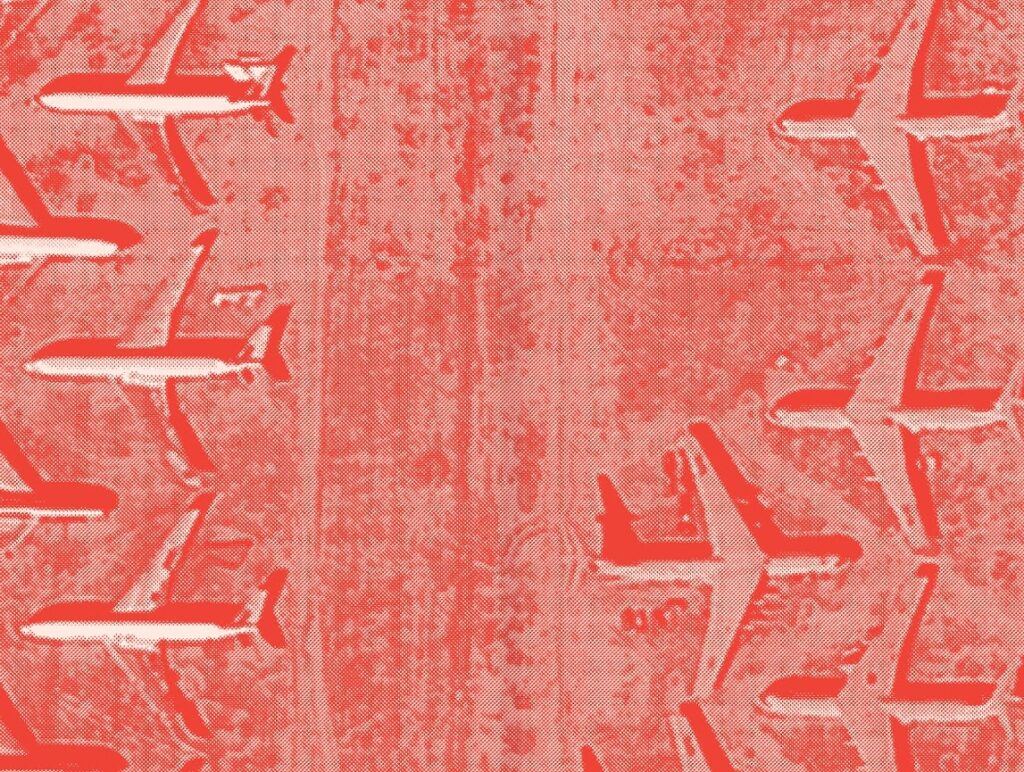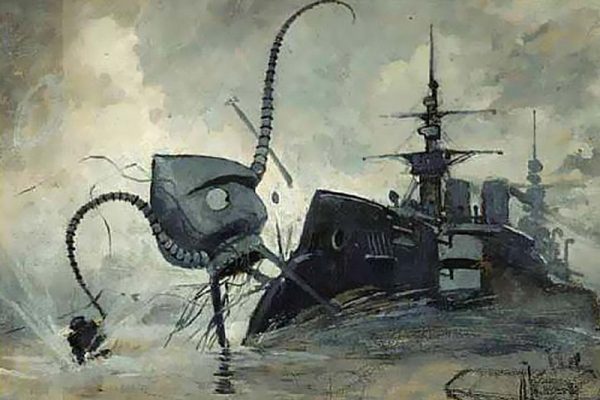Just outside of Tucson, at the Davis–Monthan Air Force Base, more than 4,000 decommissioned military aircraft sit patiently in the dry heat. These old bombers, jets, and helicopters, arranged in neat rows and geometric formations, together form the largest aircraft “boneyard” in the world—a strange spectacle when viewed on Google Earth, as our cover image shows.
A boneyard, though perhaps not a graveyard. The climate provides near perfect storage conditions: while some aircraft will be broken down and cannibalized for scrap metal, others may be “reanimated” and returned to active use. Civilians employed by the base, for example, have converted old fighter jets into aerial target drones.
The Tucson air force base is a symbol of U.S. military power and an emblem of the life of empire—how empires are born in lethal force, follow an organizational logic, and then, just when you think they have crashed and burned, you discover that they are lying dormant, ready to strike again.
This Boston Review forum revolves around these ideas—the motivations for empire, its life and consequences, and its surprising resilience. As part of a cross-disciplinary project, our contributors grapple with the economic, technological, racial, historical, and rhetorical elements of empire. Whatever their disciplinary angle, they have approached the theme with intellectual imagination and a sense of urgency.
“All history,” as Maximillian Alvarez notes in his essay, “is the history of empire—a bid for control of that greatest expanse of territory, the past.” Our hope is that by examining and understanding this history, we can strengthen the fight for a better future.







